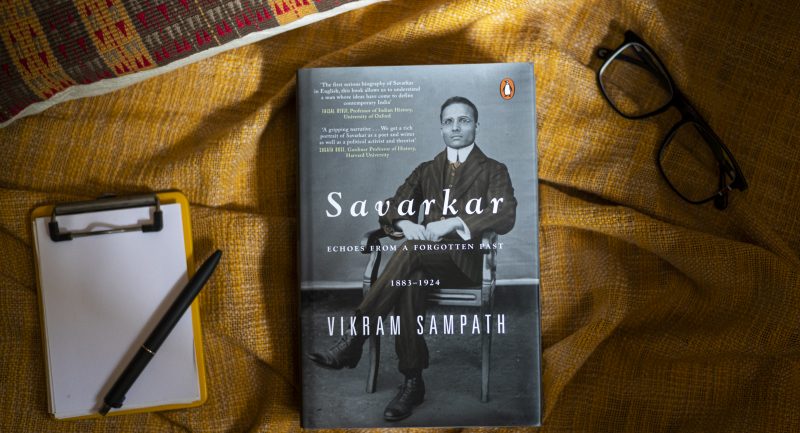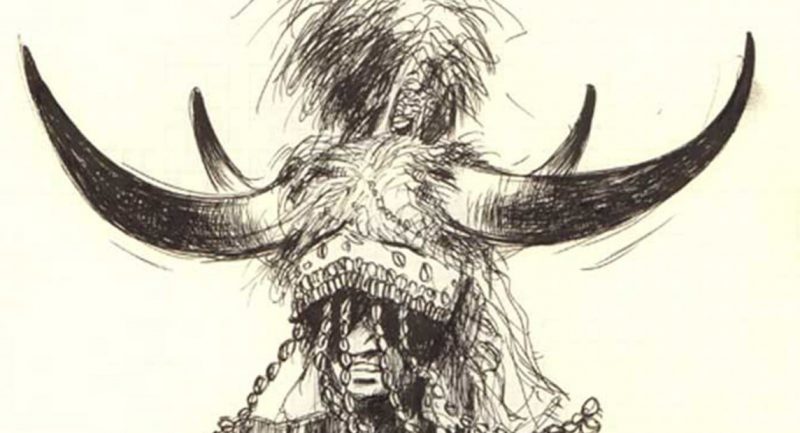
The Assam Accord, signed in the early hours of August 15, 1985 at Prime Minister Rajiv Gandhi’s residence marked the end of a bloody era in Assam, albeit temporarily, which had seen the fall of four state governments, three spells of President’s Rule—all in a span of six years due to the massive support that the signatories of the Accord received in the state.
Assam– The Accord, The Discord by Sangeeta Barooah Pisharoty brings to light the moments that led to the MoU, giving a blow-by-blow account of what happened before and after the signing of the Accord.
In the interview below, Sangeeta talks about her book, NRC and more!
What inspired you to write the book?
As I said in the Introduction to the book, the initial idea was to look back at the agitation and the insurgency period from a personal stance, what we gained, what was lost, considering me and several others from my generation had left Assam in search of a better future. The state couldn’t promise us anything then – the 1980s and the 1990s.
But with the growing mainstream India attention over the update of the National Register of Citizens, mainly of the national media primarily focussing on the NRC only from the Hindu-Muslim binary in a BJP-ruled state, and lack of a book in English by a mainstream publisher that holds the multiple nuances and complexities that the festering Assam issue embraces, led me to think of writing a different book. One that takes the signing of the Assam Accord as the basis to not only talks back at the long-drawn-out ‘Assam problem’ but also define the politics of the state within the context of three important markers of history – the Partition, the Emergency and the politics that emerged from it, and the impact of the Bangladesh Liberation War. I call Assam’s anti-foreigner agitation from 1979-1985 an offshoot of Emergency politics.
How difficult was it to collect authentic information about events that occurred in the early ’80s, for instance? Any particular interview that is memorable?
Many of the memories of the agitation days and prior to it are still part of drawing room conversations, are in oral form, among the older generation. Even if you go back to Assam Accord, it is already 34 years old. So it is not difficult to find many from the younger generation in Assam wondering what really happened then. Depending on which community or valley you come from, the memories differ. I tried to include as many aspects as I could. I had to leave out some of the things because the book was getting fatter by the day!
Apart from looking at older books on Assam history, both in English and Assamese, I was also lucky to have found substantial material at the Nehru Memorial Museum and Library in Delhi on the state. I also conducted a series of interviews of people from different communities, the leaders who played a role not just during the agitation but also in the subsequent years. Everybody cooperated. Before the book was published, one of the two surviving signatories of the Accord, Biraj Sarma, passed away. He too helped me a lot to retrace the times apart from, now the only surviving signatory of the Accord, Prafulla Kumar Mahanta.
Various interviews with politicians of the times brought out so many intrigues and the manoeuvrings of the central governments to keep the state under control. Also, personally, I found interesting tid bits from the interviews, like, how the All Assam Students Union flag was inspired by the Mukti Bahini flag fighting for creation of Bangladesh and in the subsequent times, the AASU flag became a symbol of the agitation against ‘illegal Bangladeshis’.
Do you think the provisions of the Assam Accord have been fulfilled, now that the final NRC list has been released?
Barely an hour after the final NRC was published on August 31, all the stakeholders rejected it. Some did it saying the number it sieved was too less, some on the ground that genuine citizens are out of it while ‘illegal immigrants’ are in it. Update of the NRC, before the Supreme Court came into the picture, was a social understanding between various stakeholder communities to once and for all find a closure to the foreigner issue. But looking at the present reactions, it is sure that this NRC will find it difficult to get overall social acceptance in the state. This will give the leeway to various political forces to play and win elections.
As per the provisions of the Accord, the government was to detect, delete and deport all those found to be staying without documents in the state post March 24, 1971. It is still stuck in the detection process
Another complication is, the five-judge constitutional bench is yet to look into the validity of an exclusive cut-off date set for Assam while it is uniform for rest of India. So the fate of this NRC hangs in balance.
How do you think your own life has impacted the writing of this book?
That I come from the state has really helped me see the entire canvas. Many of the things I was already aware of. That helped me to zero in on some of the players of the times without any initial research. I was conscious of the fact that people from all communities have gone through a lot due to the unsolved issue. That, each looks at itself only as a victim and the rest as perpetrators even though each has been both a victim and a perpetrator in various times, at least in each other’s eye. That I come from the state also made many stakeholders from across the communities open up to me better. I thank all for expressing their thoughts freely and thereby enriching the book.
Want to read Sangeeta’s book? Assam – The Accord, the Discord is available now.









